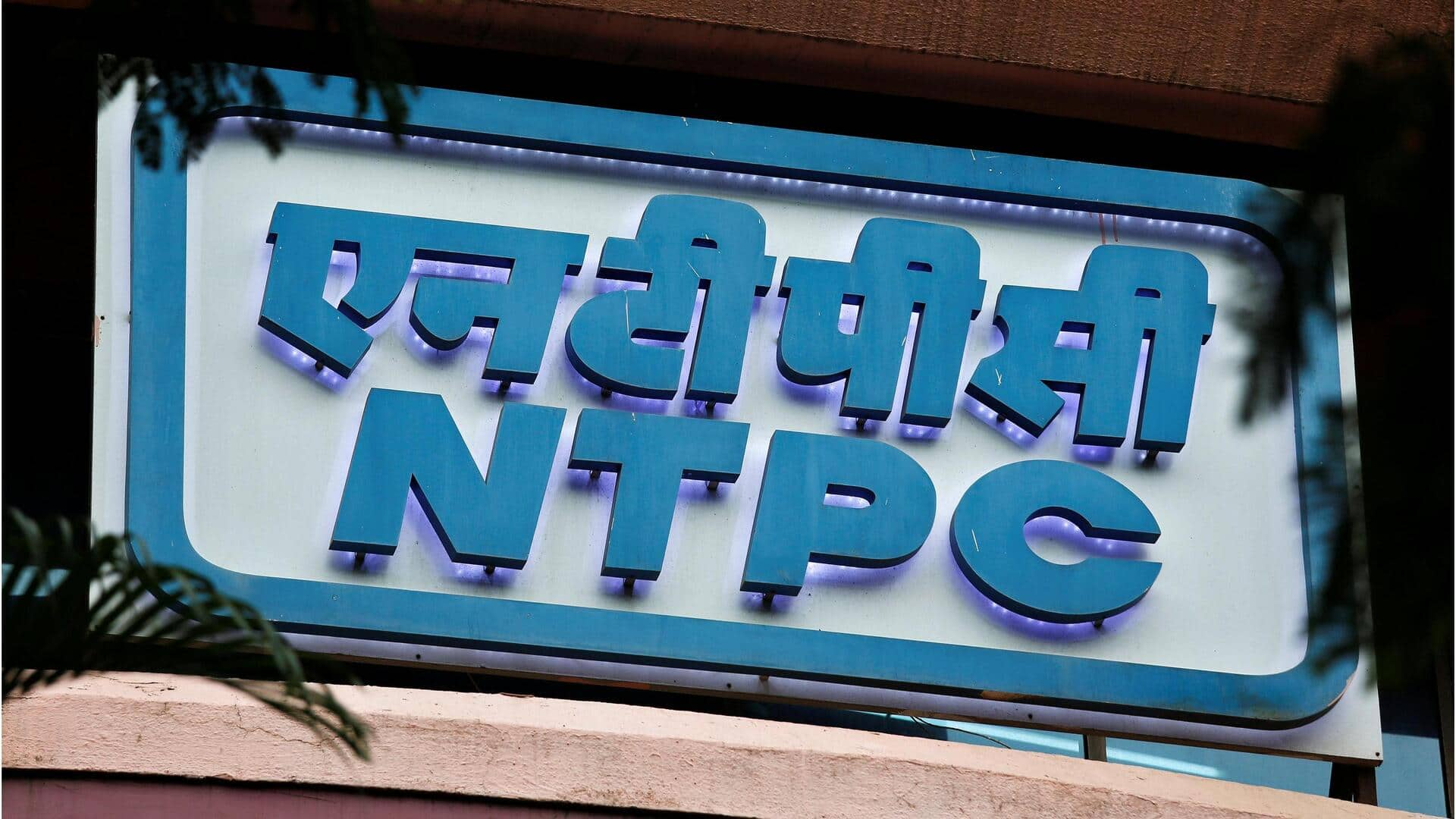
NTPC to set up 30GW nuclear power capacity by 2047
What's the story
State-owned power generator NTPC Limited is all set to foray into the nuclear energy space. The company will lay the foundation stone of its 2,800 megawatt (MW) nuclear power project in Banswara, Rajasthan, next month. The facility will consist of four pressurized heavy water reactors (PHWRs), each with a capacity of 700MW.
Future goals
Aggressive plans for nuclear energy
NTPC Chairman and Managing Director Gurdeep Singh announced the company's aggressive plans for nuclear energy at the BloombergNEF Summit. He said, "We have decided, rightfully, we will go very aggressive on nuclear. We plan to add 30GW nuclear power capacity by 2047." The Mahi Banswara project is a joint venture with Nuclear Power Corporation of India Limited (NPCIL), in which NTPC holds a 49% stake.
Project schedule
Ongoing talks with international consultants and service providers
The first unit of the Rajasthan nuclear power project is expected to be commissioned by 2031, with the entire plant slated for completion by 2036. Singh said NTPC is in talks with several international consultants and service providers such as Tata Consulting Engineers (TCE), L&T, EDF, Rosatom, and Holtec. The company is also considering multiple locations across India for future projects.
Capacity expansion
Nuclear power generation capacity to reach 200GW by 2047
India currently has an installed nuclear power generation capacity of 8,800MW. The government aims to increase this to 200GW by 2047. Singh said there are already projects under construction with a combined capacity of 6,600MW and another 7,000MW in various stages of development. He added that these plants are likely to be operational by 2030, contributing significantly toward India's nuclear power goals.
Capacity addition
Anticipated annual increase in nuclear power capacity
Singh said that as India approaches 2036-37, it will be able to add around 10GW of nuclear power generation capacity every year. He attributed this growth to ongoing work at multiple sites and an exclusive mandatory zone for these plants. The government is also taking steps, such as allowing private sector entry into the industry, given the low emission profile of nuclear power and its potential as a baseload source for the grid.